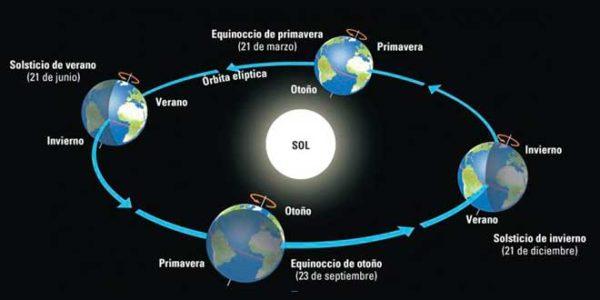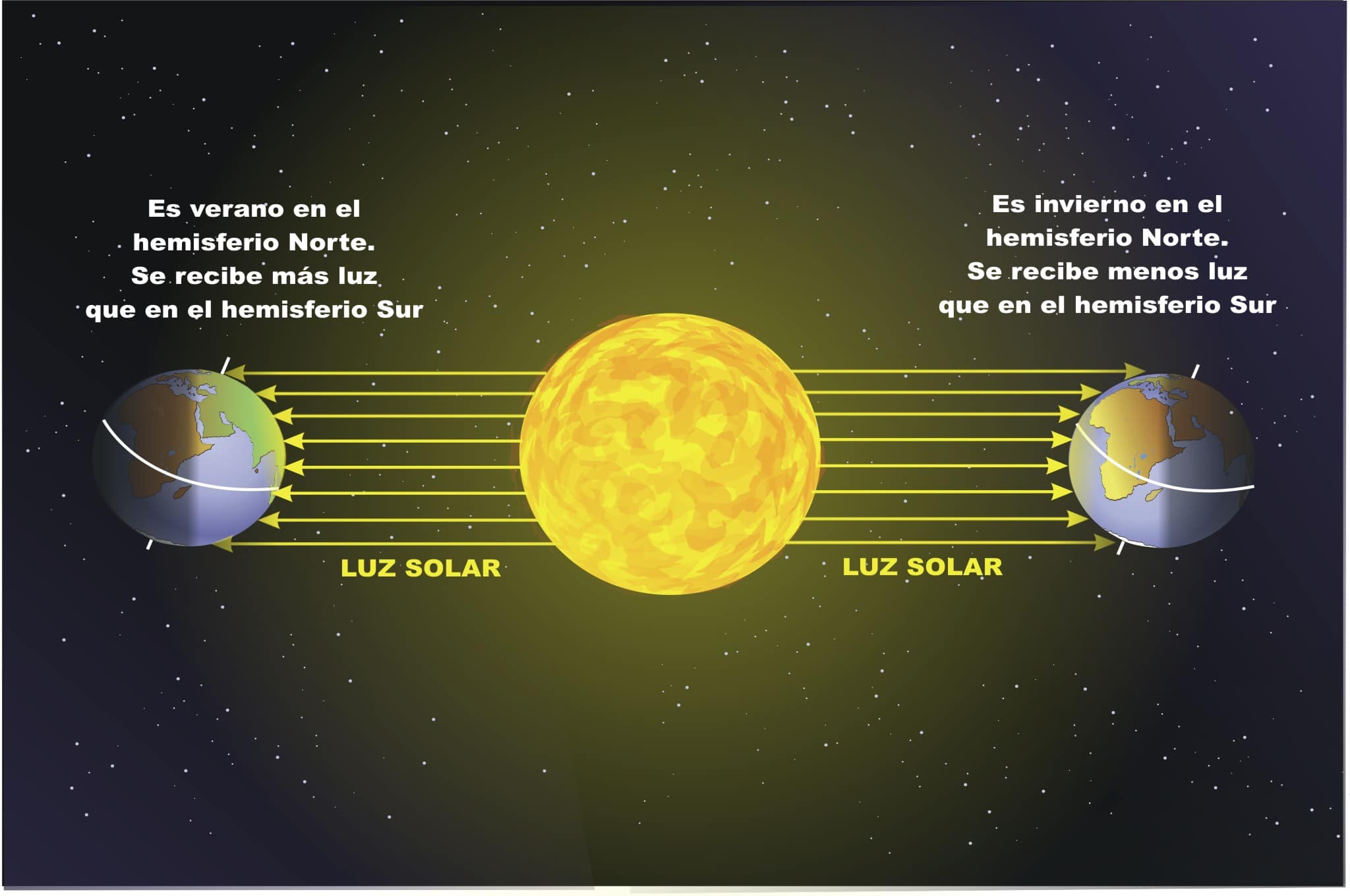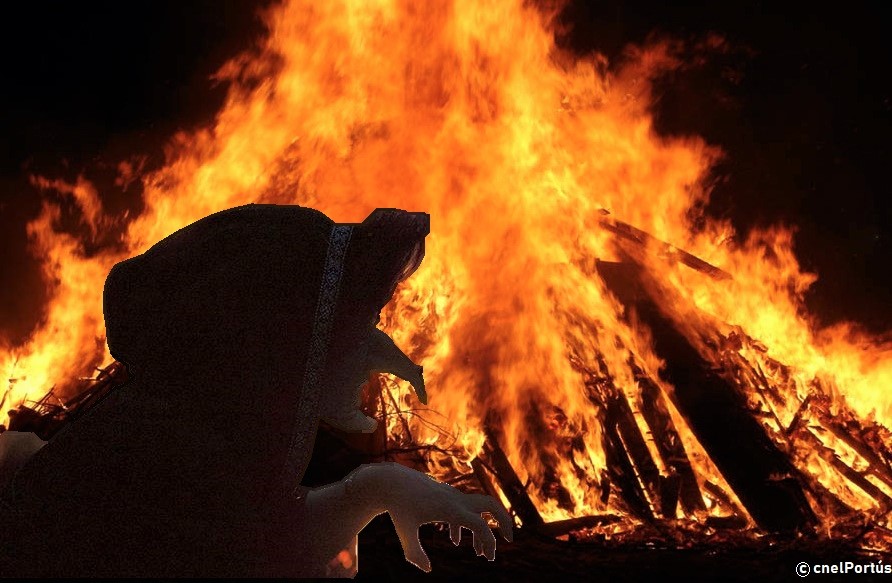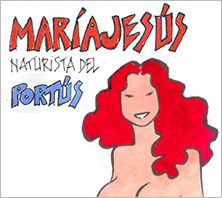Las raíces de la celebración de la noche de San Juan se pierden en la noche de los tiempos, cuando terminaba el equinoccio de primavera y comenzaba el solsticio de verano, siendo ésta una de las noche más corta del año.
En efecto, hay noches más cortas y otras más largas debido a que el eje de la Tierra tiene un cierto ángulo de inclinación con respecto al plano de la Eclíptica, relacionado todo ello además con el hecho de que el planeta se traslada alrededor del Sol. Si el eje de la Tierra no estuviese inclinado con respecto al plano de la Eclíptica las noches y los días durarían lo mismo, 12 horas, todos los días del año.
Ahora bien, la inclinación del eje de la Tierra hace que durante el verano del hemisferio norte los días aquí sean más largos que las noches, momento en que en el hemisferio sur las noches son más largas que los días; por contra, en el invierno del hemisferio norte los días son más cortos que las noches y en el hemisferio sur las noches son más cortas que los días.
Entre medias hay días en que la noche y el día tienen el mismo número de horas, en la misma medida en que hay días en que el número de horas durante el día es mínimo y otros en que el número de horas de la noche es mínimo. Está claro. Ahora tratemos de ver cuándo ocurre.
Hay dos días al año en que el día dura lo mismo que la noche. Son los llamados equinocios, que ya en su nombre dan a entender que el día tiene igual duración que la noche. Estos días se producen en las transiciones entre la primavera y el verano, alrededor del 20-21 de marzo, y también en la transición entre el otoño y el invierno, alrededor del 20-21 de septiembre. Entre medias caen los días en que la noche o el día tienen un número de horas mínimo. Son los llamados solsticios, que reciben este nombre porque el movimiento aparente del sol en el cielo hace que éste parezca detenerse, parezca estático, de ahí lo del sol-sticio. Sigamos. El verano en el hemisferio norte llega en el mes de junio, por tanto ese debe ser el momento en que el número de horas de día en el hemisferio norte es máximo, alrededor del 20-21 de junio, el solsticio de verano. De igual manera, el invierno en el hemisferio norte comienza en diciembre, con lo que ese debe ser el momento en que hay menos horas de día, lo cual tiene lugar el 20-21 de diciembre, el solsticio de invierno.
Ahí vamos viendo cómo se configura la duración de los días en las transiciones entre estaciones, en los equinoccios y en los solsticios.
En relación con esos instantes se fueron desarrollando diferentes fiestas paganas como culto al sol o simplemente para predecir las estaciones . Con la llegada del cristianismo, éste se apropió de algunas de estas festividades paganas y las llevó a su terreno, con lo que la noche más corta del año se vio desplazada hacia la Noche de San Juan. Siendo justos, la Noche de San Juan está entre las 10 noches más cortas del año, pero estrictamente no es la más corta del año.
Otra parte muy importante en la noche de San Juan, son los mitos y leyendas
Se creía que el sol estaba enamorado de la tierra y se resistía a abandonarla, y por ello comenzó a festejarse en la última noche de primavera, alrededor del 24 de junio.
A esto se unía la superstición de que ese día era el ideal para ahuyentar a los malos espíritus y atraer a los buenos, así como para librar encantamientos de amor y fertilidad.
Desde el camping el Portus, os deseamos feliz noche de San Juan.
Solstices, equinoxes and the night of San Juan
The roots of the celebration of the night of San Juan are lost in the night of time, when the spring equinox ended and the summer solstice began, this being one of the shortest nights of the year.
Indeed, there are shorter and longer nights because the Earth’s axis has a certain angle of inclination with respect to the plane of the Ecliptic, related all this in addition to the fact that the planet moves around the Sun. If the axis of the Earth were not inclined with respect to the plane of the Ecliptic the nights and the days would last the same, 12 hours, every day of the year.
Now, the inclination of the Earth’s axis means that during the summer of the northern hemisphere the days here are longer than the nights, when in the southern hemisphere the nights are longer than the days; on the contrary, in the northern hemisphere winter the days are shorter than the nights and in the southern hemisphere the nights are shorter than the days.
In between there are days when night and day have the same number of hours, to the same extent that there are days when the number of hours during the day is minimal and others in which the number of hours at night is minimal . It is clear. Now let’s try to see when it happens.
There are two days a year when the day lasts the same as the night. They are the so-called equinoxes, which already in their name imply that the day has the same duration as the night. These days occur in the transitions between spring and summer, around March 20-21, and also in the transition between autumn and winter, around September 20-21. In between the days when the night or the day have a minimum number of hours fall. These are the so-called solstices, which receive this name because the apparent movement of the sun in the sky makes it seem to stop, it seems static, hence the sun-stic. Let’s keep going. Summer in the Northern Hemisphere arrives in the month of June, so that must be the time when the number of day hours in the Northern Hemisphere is maximum, around June 20-21, the summer solstice. Similarly, winter in the northern hemisphere begins in December, so this must be the time when there are fewer hours during the day, which takes place on December 20-21, the winter solstice.
Here we see how the duration of the days is configured in the transitions between stations, at the equinoxes and at the solstices.
In relation to these moments, different pagan festivals were developed as sun worship or simply to predict the seasons. With the arrival of Christianity, it appropriated some of these pagan festivities and took them to their land, so that the shortest night of the year was displaced towards the Night of San Juan. Being fair, Noche de San Juan is among the 10 shortest nights of the year, but strictly not the shortest of the year.
Another very important part in the night of San Juan, are the myths and legends.
It was believed that the sun was in love with the earth and was reluctant to abandon it, and therefore began to celebrate on the last night of spring, around June 24.
Added to this was the superstition that this day was the ideal to chase away evil spirits and attract good ones, as well as to deliver enchantments of love and fertility.
From the Portus campsite, we wish you a happy night in San Juan




